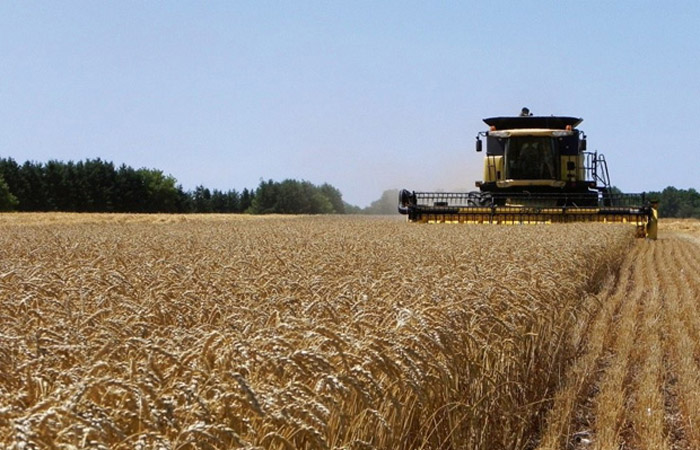Manitoba Agriculture reports crop yields this year have been extremely dependent on the amount of rain received.
Dennis Lange, a pulse and soybean specialist with Manitoba Agriculture and editor of the provincial crop report, says, with 51 percent of this year’s crop now in the bin, the word that summarizes this year’s yields has been variability.
Yields are very dependent upon summer rainfall so areas that received better rainfall or timely rains through the summer, with respect to spring wheat yields, those yields are anywhere from that 60 to 70-bushel range with even some highs at 90. If you would have missed those rains then you’re down into the mid-30 range and, even in the driest regions, there was even some low numbers at 16 bushels per acre being reported.
The same with oats as well. Oats yields have varied anywhere from 90 bushels where it was a lot drier to 130 with even 170 being reported on the ideal growing conditions this year, so some good numbers on oats. Overall test weights are pretty good as well. Barley yields are anywhere from 70 to 100. Again, variability is just due to the moisture conditions that we’ve have had.
Generally spring wheat quality is rated from fair to good. In some areas we’ve seen some really good protein levels come back, so 13 and a half, 14 percent protein. Areas in the eastern region and northwestern region are actually reporting a small percentage of their wheat crop in the excellent category so that means very good protein and good yields. So, things are moving along quite nicely. Over the next week or so we’ll see that most of the spring wheat is finished up.
Barley is a little bit further behind. There are a few comments from the southwest corner that some of the wetter weather, moisture from rainfall in the last week has caused some yellowing of the barley there. But overall, we’re moving along at a pretty good pace.
~ Dennis Lange, Manitoba Agriculture
Lange says, the dry bean harvest is at about 40 percent complete and will continue in the coming week but will likely drag out through September and we’ll start to see a bigger swing into the soybean harvest.




